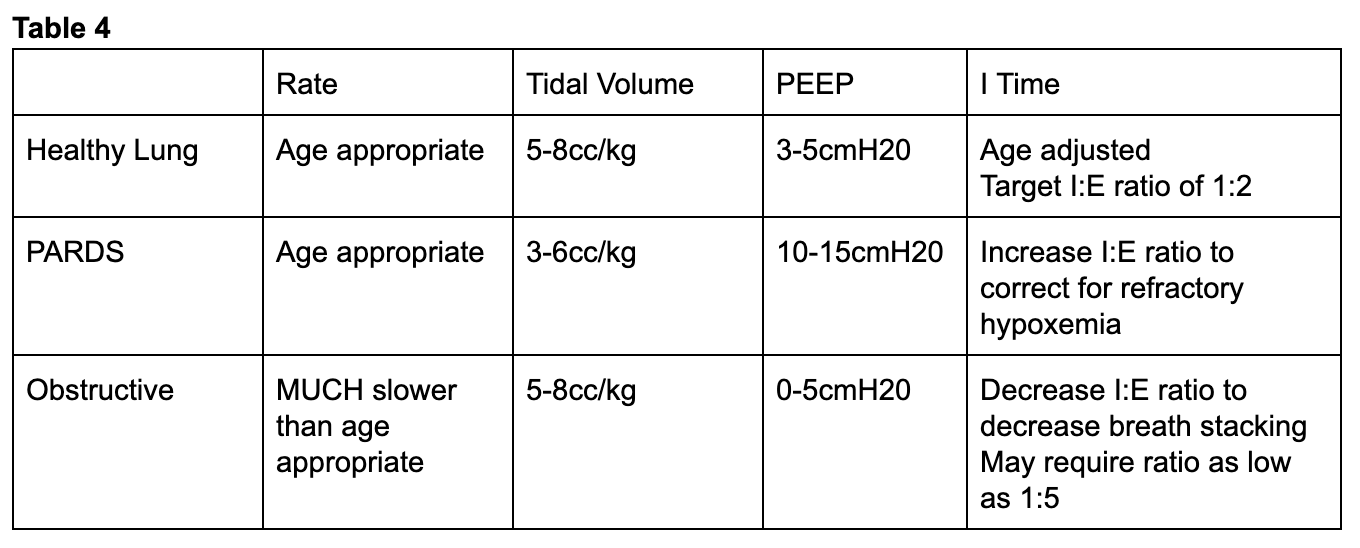


It delivers pulses of humidified gas at the level of the endotracheal tube through a jet injector. It is the type of ventilation used most frequently in our hospitals. Thus, expiration in this type of ventilation is active. The movements of the piston displace the air volume within the circuit towards the lung during inspiration, creating a positive pressure, and pull air away during expiration by generating a negative pressure. Consist in a closed circuit that maintains a continuous positive pressure with an integrated piston pump or oscillating membrane. High-frequency oscillation ventilation (HFOV). There are 3 main types of HFV based on the devices used to deliver it 2: High-frequency ventilation was first described in 1969, 1 with positive results in the animal model. It uses very small tidal volumes (smaller than the anatomical dead space) at supraphysiological frequencies (of more than 150 breaths/min), thus maintaining adequate ventilation. High-frequency ventilation (HFV) attempts to minimise such lung injury. When tidal volumes need to be increased in order to maintain an adequate gas exchange, this produces increases in pulmonary pressures that may foster the development of bronchopulmonary dysplasia or air leaks. High-frequency ventilation General principlesĬonventional mechanical ventilation attempts to imitate spontaneous breathing by administering tidal volumes similar to physiological volumes at normal respiration rates.


 0 kommentar(er)
0 kommentar(er)
